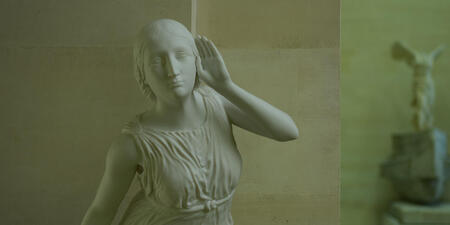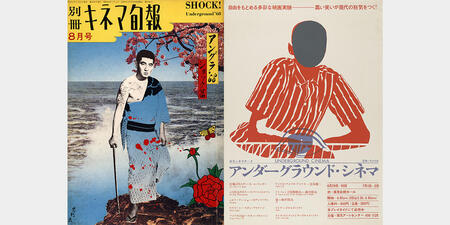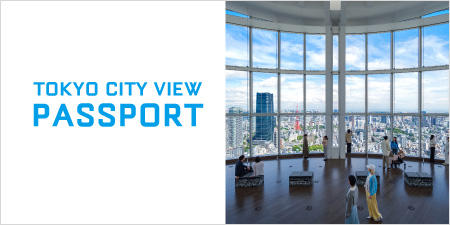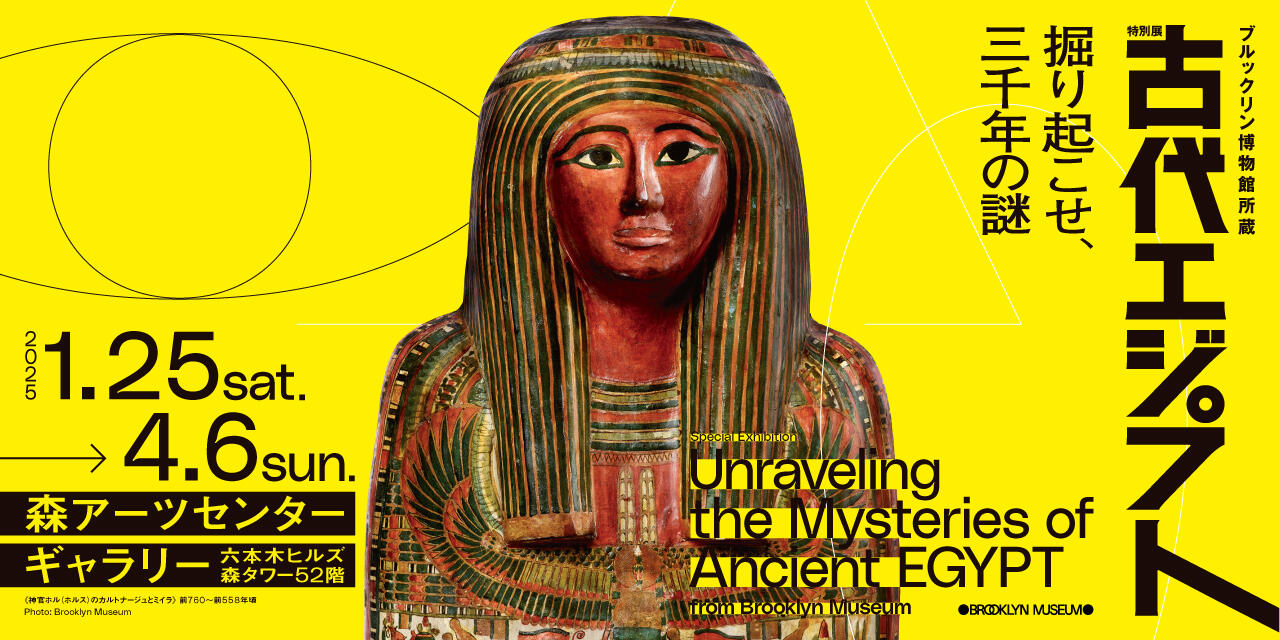MAM Collection 019: Viewpoint features artworks from the Mori Art Museum collection that use photographic expression by three female artists, Haruki Maiko, Katayama Mari, and Yoneda Tomoko.
While these three artists employ photography in their work, the works are less concerned with the classic documentary style and rather focus on the viewer’s involvement in the creation of images. In her series “either portrait or landscape,” Haruki Maiko destabilizes and opens the viewer’s perspective, using a formal standpoint and incorporating the relationship of photography and abstraction as the subject matter. Katayama Mari reverses the power relation between image and viewer, challenging conventional ideas around diversity, normativity, and agency. Finally, Yoneda Tomoko’s series “Between Visible and Invisible” expresses the interrelation between the image on the surface and the narrative beneath.
These works were introduced in Floating Worlds: From Japonism to Contemporary Art held at Les Franciscaines (Deauville, Normandy, France) in 2024. That exhibition, organized with the Mori Art Museum, was part of the Festival Normandie Impressionniste 2024, which commemorated the 150th anniversary of the birth of Impressionism, and featured thirty-four works by seventeen artists from the Mori Art Museum Collection. Impressionism is a movement mainly connected to innovations in painting, but also indirectly to photography, which emerged in parallel during the nineteenth century. The invention of photography formed a turning point for the fine arts. For the first time, it was possible to capture and preserve images of the world as they appeared to the human eye, so that painting’s domain of historical representation became undermined by a new image technology suggesting “visual truth.” This MAM Collection reexamines photographic expression from a contemporary perspective dissecting this “photographic truth” by each artist’s analysis of the medium’s basic constituents.
* For more information about Floating Worlds: From Japonism to Contemporary Art access this page to view the video (in English and French only).

either portrait or landscape 1A
2007
C-print
124 x 158 cm

beast
2016
Lambda print, original frame
120 x 120 cm
Installation view photo: Kioku Keizo

Le Corbusier’s Glasses - Viewing his Paris Lecture notes, L’Habitation Moderne (from the series “Between Visible and Invisible”)
2003
Gelatin silver print
120 x 120 cm

either portrait or landscape 1A
2007
C-print
124 x 158 cm

beast
2016
Lambda print, original frame
120 x 120 cm
Installation view photo: Kioku Keizo

Le Corbusier’s Glasses - Viewing his Paris Lecture notes, L’Habitation Moderne (from the series “Between Visible and Invisible”)
2003
Gelatin silver print
120 x 120 cm






 About “MAM Collection”
About “MAM Collection”




